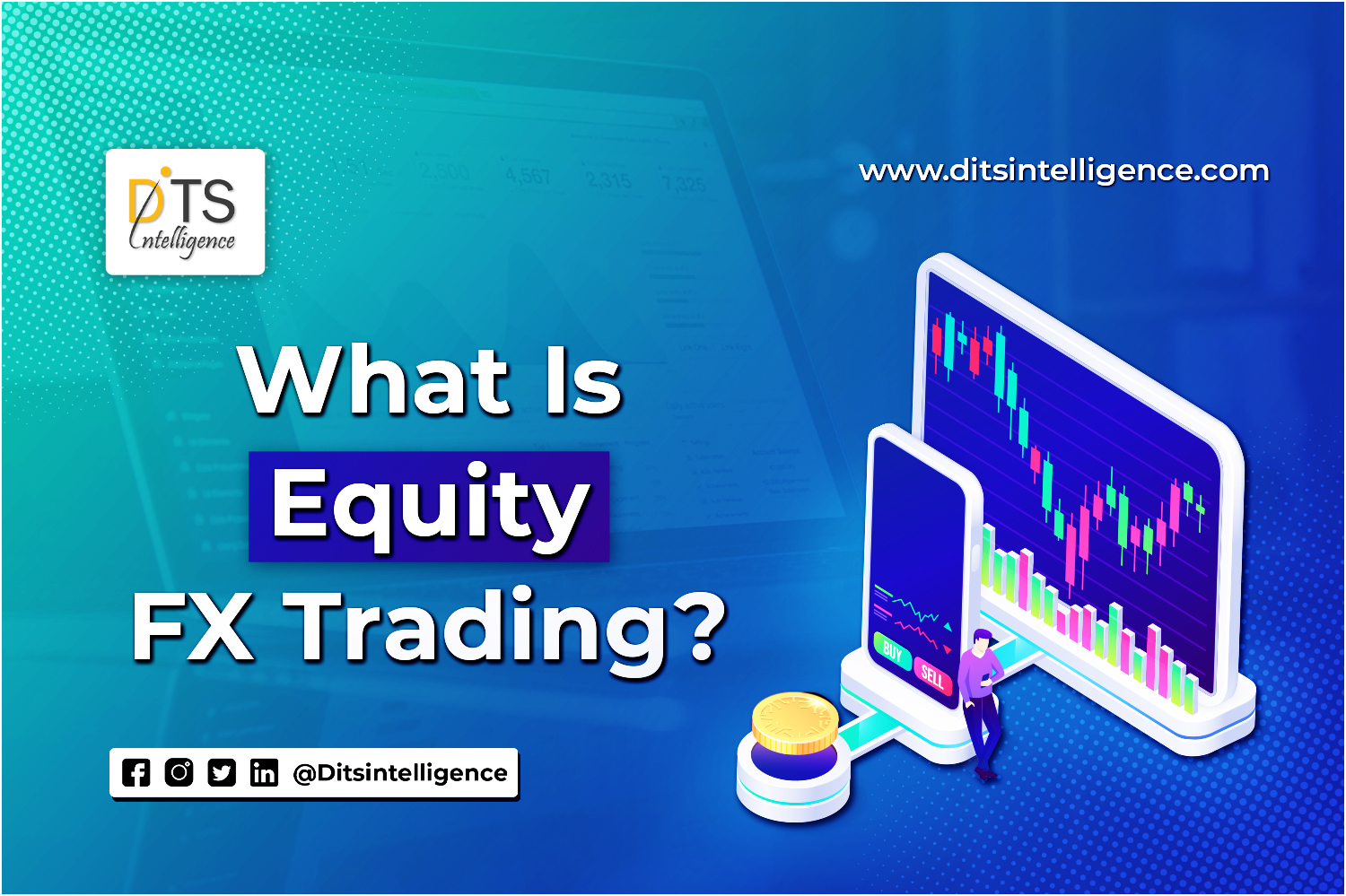Currency Pairs: Buying and Selling
Forex market (FX) trading is a continuous process of buying and selling one currency for another currency.
May 19, 2022 - 11:38 AM 670 views

Educational Articles
© Currency Pairs: Buying and Selling
Forex market (FX) trading is a continuous process of buying and selling one currency for another currency.
Currencies are traded via a forex broker or a CFD provider, and they are traded in pairs. They are also quoted by comparing them to a different currency.
For example, the British Pound (GBP) and Japanese Yen (JPY) are traded in pairs, and so are the Euro (EUR) and the US dollar (USD).
While trading in the Forex market (FX), you are allowed to buy and sell currencies.
Currency pairs are actually categorized into three types:
The "Majors"
The "Crosses"
The "Exotics"
While in Forex (FX) trading, the major currency pairs always include the US dollar (USD).
The cross-currency pairs do not include the U.S. dollar (USD). Crosses that include any of the major currencies except the US dollar is known as “MINORS”
Whereas, the Exotic Currency pairs include – one major currency and one currency from the existing market.
Major Currency
pairs
The currency pairs that are listed in the below chart are called as “Majors.”
Majors are traded quite often and constitute of the US dollar (USD) on one side.
In general, there are eight major currencies but only seven major currency pairs exist.
In comparison with the crosses and exotics, price movements move more frequently with the majors, providing of with more trading opportunities.
|
CURRENCY PAIR |
COUNTRIES |
FX GEEK SPEAK |
|
EUR/USD |
Eurozone/ United States |
"euro dollar" |
|
USD/JPY |
United States/ Japan |
"dollar yen" |
|
GBP/USD |
Great Britain/United States |
"pound dollar" |
|
USD/CHF |
United States/ Switzerland |
"dollar swissy" |
|
USD/CAD |
United States/Canada |
"dollarloonie" |
|
AUD/USD |
Australia/United States |
"aussie dollar" |
|
NZD/USD |
New Zealand/United States |
"Kiwi dollar" |
Majors
provide more liquidity in the world.
Liquidity
describes the level of activity in the financial world.
In the Forex Market (FX), liquidity is based on the total number of active traders
purchasing and selling off the particular currency pair and the volume it is
being traded.
The more the
liquidity of something, the more frequently it is exchanged.
The EUR/USD
currency pair, for example, is traded more frequently and in larger volumes
than the AUD/USD currency pair.
Thus, the EUR/USD pair is more liquid than the AUD/USD pair.

Major Cross Currency pairs or Minor
Currency pairs
Cross-currency
pairs, or simply "crosses," are those currency pairs that include any
of the two major currencies other than the US dollar.
Minor
crosses are smaller versions of the major crosses.
Although not
as popular as the majors, the crosses are nonetheless very liquid and offer
plenty of trading opportunities.
The three
major non-USD currencies, EUR, JPY, and GBP, are the most actively traded
crosses.
EURO CROSSES
|
CURRENCY PAIR |
COUNTRIES |
FX GEEK SPEAK |
|
EUR/CHF |
Eurozone/Switerzland |
"euroswissy" |
|
EUR/GBP |
Eurozone/Great Britain |
"europound" |
|
EUR/CAD |
Eurozone/Canada |
"euro loonie" |
|
EUR/AUD |
Eurozone/Australia |
"euro aussie" |
|
EUR/NZD |
Eurozone/New Zealand |
"euro kiwi" |
|
EUR/SEK |
Eurozone/Sweden |
"euro stockie" |
|
EUR/NOK |
Eurozone/Norway |
"euro nockie" |
YEN CROSSES
|
CURRENCY PAIR |
COUNTRIES |
FX GEEK SPEAK |
|
EUR/JPY |
Eurozone/Japan |
"euro yen" or
"yuppy" |
|
GBP/JPY |
United Kingdom/Japan |
“pound yen” or “guppy” |
|
CHF/JPY |
Switzerland / Japan |
“swissy yen” |
|
CAD/JPY |
Canada / Japan |
“loonie yen” |
|
AUD/JPY |
Australia / Japan |
“aussie yen” |
|
NZD/JPY |
New Zealand / Japan |
“kiwi yen” |
POUND CROSSES
|
PAIR |
COUNTRIES |
FX GEEK SPEAK |
|
GBP/CHF |
United Kingdom / Switzerland |
“pound swissy” |
|
GBP/AUD |
United Kingdom / Australia |
“pound aussie” |
|
GBP/CAD |
United Kingdom / Canada |
“pound loonie” |
|
GBP/NZD |
United Kingdom / New Zealand |
“pound kiwi” |
|
PAIR |
COUNTRIES |
FX GEEK SPEAK |
|
AUD/CHF |
Australia / Switzerland |
“aussie swissy” |
|
AUD/CAD |
Australia / Canada |
“aussie loonie” |
|
AUD/NZD |
Australia / New Zealand |
“aussie kiwi” |
|
CAD/CHF |
Canada / Switzerland |
“loonie swissy” |
|
NZD/CHF |
New Zealand / Switzerland |
“kiwi swissy” |
|
NZD/CAD |
New Zealand / Canada |
“kiwi loonie” |
Exotic Currency Pairs
A currency from
developing or emerging markets is known as an exotic currency.
One major
currency coupled with the currency of an emerging country, such as Brazil, Mexico,
Chile, Turkey, or Hungary is known as Exotic Currency pairs.
An exotic
currency pair consists of one main currency and one exotic currency.
A few
instances of exotic currency combinations are shown in the chart below.
Do you want
to try to figure out what the other monetary symbols mean?
You may
notice the following exotic currency pairs depending on your forex broker;
therefore it's important to know what they are.
Keep in mind that because these pairs aren't as popular as the "majors" or "crosses," the transaction costs of trading them are frequently higher.
|
PAIR |
COUNTRIES |
FX GEEK SPEAK |
|
USD/BRL |
United States / Brazil |
“dollar real” |
|
USD/HKD |
United States / Hong Kong |
|
|
USD/SAR |
United States / Saudi Arabia |
“dollar riyal” |
|
USD/SGD |
United States / Singapore |
“dollar sing” |
|
USD/ZAR |
United States / South Africa |
“dollar rand” |
|
USD/THB |
United States / Thailand |
“dollar baht” |
|
USD/MXN |
United States / Mexico |
“dollar mex” |
|
USD/RUB |
United States / Russia |
“dollar ruble” or “Barney” |
|
USD/PLN |
United States / Poland |
“dollar zloty” |
|
USD/CLP |
United States/ Chile |
Spreads that
be two or three times larger than the EUR/USD or USD/JPY are not uncommon.
Exotic
currency pairs are significantly more vulnerable to economic and geopolitical
events due to their general lower liquidity.
A political
scandal or unexpected election results, for example, can cause the exchange
rate of an exotic pair to move wildly.
So, if
you're thinking about trading unusual currency pairs, keep this in mind.
Here's a
more complete list for those of you who are truly fascinated by exotics.
There are
other "groups" of currencies that are bandied around in the FX market
that you should be aware of in addition to the three primary categories of
currency pairs.
Currency Code and Code Chart
|
CURRENCY CODE |
COUNTRY |
CURRENCY CODE |
COUNTRY |
|
AED |
UAE Dirham |
ARS |
Argentinean Peso |
|
AFN |
Afghanistan Afghani |
GEL |
Georgian Lari |
|
MYR |
Malaysian Ringgit |
AMD |
Armenian Dram |
|
GYD |
Guyanese Dollar |
MZN |
Mozambique new Metical |
|
AWG |
Aruban Florin |
IDR |
Indonesian Rupiah |
|
OMR |
Omani Rial |
AZN |
Azerbaijan New Manat |
|
IQD |
Iraqi Dinar |
QAR |
Qatari Rial |
|
BHD |
Bahraini Dinar |
IRR |
Iranian Rial |
|
SLL |
Sierra Leone Leone |
BWP |
Botswana Pula |
|
JOD |
Jordanian Dinar |
TJS |
Tajikistani Somoni |
|
BYR |
Belarusian Ruble |
KGS |
Kyrgyzstani Som |
|
TMT |
Turkmenistan new Manat |
CDF |
Congolese Franc |
|
LBP |
Lebanese Pound |
TZS |
Tanzanian Schilling |
|
DZD |
Algerian Dinar |
LRD |
Liberian Dollar |
|
UZS |
Uzbekistan Som |
EGP |
Egyptian Pound |
|
MAD |
Moroccan Dirham |
WST |
Samoan Tala |
|
EEK |
Estonian Kroon |
MNT |
Mongolian Tugrik |
|
MWK |
Malawi Kwacha |
ETB |
Ethiopian Birr |
|
THB |
Thai Baht |
TRY |
New Turkish Lira |
|
ZAR |
South African Rand |
ZWD |
Zimbabwe Dollar |
|
BRL |
Brazilian Real |
CLP |
Chilean Peso |
|
CNY |
Chinese Yuan Renminbi |
CZK |
Czech Koruna |
|
HKD |
Hong Kong Dollar |
HUF |
Hungarian Forint |
|
ILS |
Israeli Shekel |
INR |
Indian Rupee |
|
ISK |
Icelandic Krona |
KRW |
South Korean Won |
|
KWD |
Kuwaiti Dinar |
MXN |
Mexican Peso |
|
PHP |
Philippine Peso |
PKR |
Pakistani Rupee |
|
PLN |
Polish Zloty |
RUB |
Russian Ruble |
|
SAR |
Saudi Arabian Riyal |
SGD |
Singaporean Dollar |
|
TWD |
Taiwanese Dollar |
|
|
G10 Currencies
The G10
currencies are ten of the world's most heavily traded currencies, as well as
ten of the most liquid currencies.
Traders purchase and sell them on the open market on a regular basis, with no impact on their own international exchange rates.
|
COUNTRY |
CURRENCY NAME |
CURRENCY CODE |
|
United States |
dollar |
USD |
|
European Union |
euro |
EUR |
|
United Kingdom |
pound |
GBP |
|
Japan |
yen |
JPY |
|
Australia |
dollar |
AUD |
|
New Zealand |
dollar |
NZD |
|
Canada |
dollar |
CAD |
|
Switzerland |
franc |
CHF |
|
Norway |
krone |
NOK |
|
Sweden |
krona |
SEK |
|
Denmark |
krone |
DKK |
The Scandies
Scandinavia
is a Northern European sub region with deep historical, cultural, and linguistic
linkages.
In local
parlance, "Scandinavia" refers to the three kingdoms of Denmark, Norway,
and Sweden.
Their
currencies are known as the "Scandies" when used together.
Denmark and
Sweden formed the Scandinavian Monetary Union to put their currencies on a gold
standard back in the day. Norway came in later.
This meant
that these countries now shared a single currency with the same monetary value,
except that each country struck its own coins.
The gold
standard was abandoned after World War I, and the Scandinavian Monetary Union
was disbanded. Even if the values were different, these countries elected to
preserve the currency. And things are still as they are.
The names of their currencies are all very similar. That's because the term "krone" or "krona" actually means "crown," and the variations in spelling reflect the variances across North Germanic languages.
CEE Currencies
Central and
Eastern Europe is referred to as "CEE."
Central and
Eastern Europe is a term that refers to countries in Central Europe, the Baltic
Republics, Eastern Europe, and Southeast Europe (the Balkans), and mainly
refers to former communist states from Europe's Eastern Bloc (Warsaw Pact).
The OECD
refers to Albania, Bulgaria, Croatia, the Czech Republic, Hungary, Poland,
Romania, the Slovak Republic, Slovenia, and the three Baltic States of Estonia,
Latvia, and Lithuania as Central and Eastern European Countries (CEECs).
There are
four primary CEE currencies to be aware of in the FX market.
BRIICS
The name
BRIICS stands for Brazil, Russia, India, Indonesia, China, and South Africa, a
group of six key growing countries.
The first
four were originally referred to as "BRIC" (or "the
BRICs"). Goldman Sachs coined the term BRICs to describe today's new
high-growth emerging economies.
The OECD coined the acronym BRIICS when it included Indonesia and South Africa.
|
COUNTRY |
CURRENCY NAME |
CURRENCY CODE |
|
Hungary |
forint |
HUF |
|
Czech Republic |
koruna |
CZK |
|
Poland |
zloty |
PLN |
|
Romania |
leu |
RON |
COUNTRY | CURRENCY NAME | CURRENCY CODE |
Brazil | real | BRL |
Russia | ruble | RUB |
India | rupee | INR |
Indonesia | rupiah | IDR |
China | yuan | CNY |
South Africa | rand | ZAR |
That’s it! I
hope you enjoyed reading this article and acquired some valuable information.
See you in the next article.
Read More Article:
How to invest in Foreign Exchange Market (FX) Step by
step in 2022
How to make an investment in foreign exchange market?
How to invest in forex market in 2022
When to Buy and When to Sell a Currency Pair
In Detail, What Is The Forex Market (FX)?
What is the Best Way to Make Money Trading Forex?
In the Forex Market, What is actually traded?
What is a pip in forex trading?
Forex Market (FX): It’s Size and Liquidity
In the Forex Market (FX), What Is A Lot?
The Different Types Of Forex Trading
Forex Trading For Beginners: A Guide To Making Profits
From Currency Trading
Learn to Trade with Best and
Trusted Global Broker
Start your journey with
us and learn from basic to advance with one to one training session. Get full
knowledge about the market from our expert team and become expert in market.
Free Enquiry Now: Click Here
Recent Articles
- Fed Rates will Rise by 50 Basis Points in September, Predicts Goldman Sachs
- Fed Governor Bowman: Significant Rate Increases May Continue
- NZ Inflation Expectations Softer in Q3, Kiwi off Highs, According to RBNZ Survey
- The Year-Ago Base Effects will Cause the Headline and Core Rates to Decline in the US, According to Scotiabank




